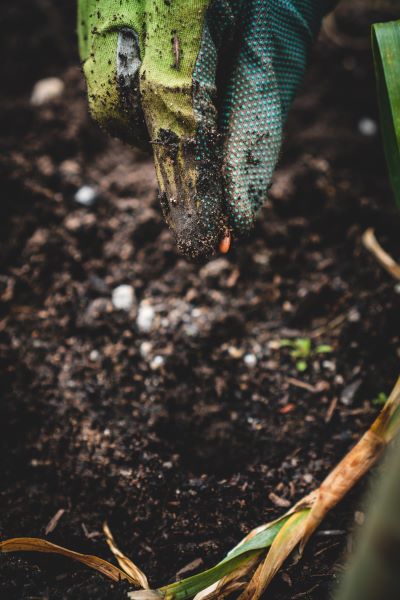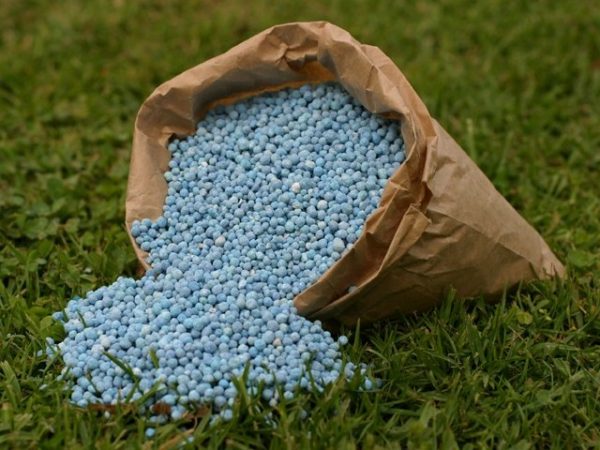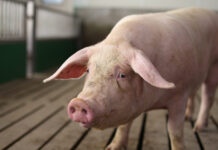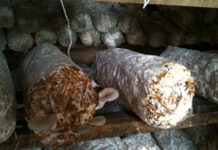Reseeding — also called overseeding — is the practice of planting seeds in an area with established grasses. It can potentially restore degraded areas and improve foraging conditions for livestock. Here’s how reseeding grasses in African agriculture systems helps grazing cattle.
Causes of Disappearing Grass
In parts of Africa, rainfall is sparse, and the soil has lower amounts of organic matter. Consequently, perennial grasses — those supposed to grow back year after year — are disappearing. Recurring droughts compound this issue.
Uncontrolled and heavy grazing also negatively affects soil stability and cattle hooves can compact the soil so plant roots don’t receive enough oxygen, water and nutrients. Perennial weeds can compete with grasses used as livestock feed. Furthermore, the ground can have low pH or nutrient levels that need correction, such as with lime.
Letting the landscape recover naturally can be a prolonged process and you might not have time on your side if you make a living as a farmer. Plus, keeping cattle on the land isn’t the natural way of doing things in the first place, so trying to let the grass recover without intervening doesn’t make sense. It’s time to take matters into your own hands.
Effect of Reseeding Grasses
Sparse or nutrient-poor grasses lead to lower milk and meat output from your cattle. If you can improve your grass yield and quality, you will likely have healthy, well-fed animals with a lower risk of diseases or parasites. Reseeding pastures can extend the grazing season, introduce new varieties of grass or bolster the populations of native grasses.
Thicker grass also helps control runoff and erosion. The roots hold down the soil and absorb water that would otherwise pool on the field’s surface. Reseeding the grasses your cattle have grazed down over the years can restore a degraded ecological area, leading to more biodiversity.
How to Reseed Grasses
If you live in a place with little rainfall and frequent droughts, you should consider collecting rainwater and using it to reseed native grasses. Native perennial grasses have a higher chance of surviving and thriving without as much human intervention as introduced species. They’re already adapted to the environment in Africa, are good at dispersing seeds and have evolved to tolerate being grazed by herbivores.
If you grow a surplus of native grass, you can also harvest it to store it as hay, sell it or use it as thatch. This is another agricultural benefit of reseeding grasses.
You’ll need to choose your grass species carefully — certain plants are better suited for reseeding than others. One study found Ragrostis superba, Cenchrus ciliaris and Enteropogon macrostachyus grew well in African drylands, especially when the researchers used rainwater harvest methods for supplemental moisture. It’s often beneficial to reseed your field right after aerating it to give the seeds an excellent chance to start growing in oxygenated soil that readily accepts water.
Rather than tilling the ground — which removes actively-growing plants — you can use an aerator to puncture small holes in the soil and extract plugs of dirt. Choose a plug aerator that pulls out chunks of earth rather than a spike aerator that just pokes the ground, which can compact the land even more.
Then you’ll fill in the holes with seeds or broadcast the seeds directly onto the ground. Next, you can briefly let your cattle walk in the pasture to help push the seeds into the soil. The dirt should be moist so the seedlings can germinate.
Afterward, let the new seedlings grow 10 to 12 inches high before mowing them down to 3 or 4 inches tall. Let them grow back to their former height, then mow a second time, again to a height of 3 or 4 inches. Once the new grass has finally grown back to 10 to 12 inches high, you can allow your cows to graze it. This gives the grass a chance to establish strong roots. If your pasture is prone to thinning grass, consider repeating this process yearly.
Reseeding Grasses in African Agriculture
African farmers encounter many barriers to raising livestock, including drought, low rainfall, soil with little organic matter and overgrazing practices that degrade the land. Additionally, some farmers can’t afford to reseed their property due to the high cost of seeds. This has led to areas with nothing but thin, nutrient-poor patches of grass for cattle to graze.
Break the cycle. If you can afford to buy seeds, overseeding is a helpful way to restore your rangeland with thicker, more nutritious grass for your livestock to eat, leading to better meat and milk production. You may be able to afford more seeds next year to repeat the process with better yields. This will hopefully have a compounding effect that improves your agricultural output over time.









